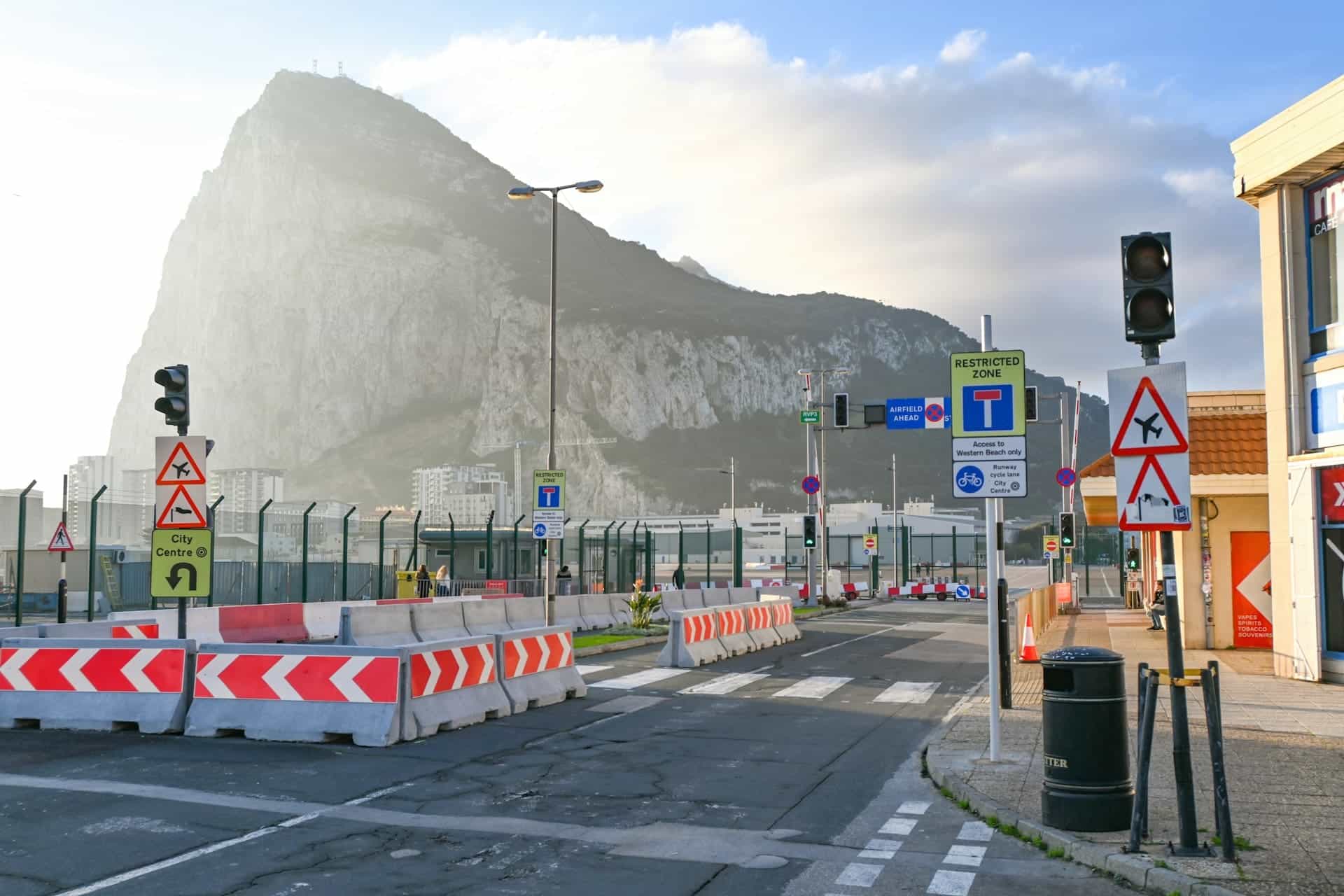Gibraltar, a strategic enclave at Europe’s southern tip, is on the verge of experiencing an unprecedented transformation. Pelagos Data Centres has announced the construction of a 250 MW macro data center campus, a project that will unfold in five phases and represents the largest investment in the territory’s history of the British Overseas Territory.
With an estimated investment of £1.8 billion ($2.24 billion / €2.07 billion), the project is not only the largest economically in Gibraltar but also one of the most ambitious infrastructure initiatives on the continent in the digital realm.
An unprecedented-scale project in Gibraltar
The campus will be built on a 20,000-square-meter site next to Gibraltar Port, leveraging both maritime and land connectivity for the enclave. The first phase is scheduled for late 2027, with subsequent stages completed roughly every 18 months.
Unlike other data centers that depend on local power networks, Pelagos’ campus will operate independently of Gibraltar’s grid, utilizing a hybrid of renewable energy sources and liquefied natural gas (LNG). This approach aims to ensure energy resilience for the project while reducing the strain on Gibraltar’s limited electrical infrastructure.
The facility will meet the highest international standards: certified as Tier III and targeting an approximate PUE (Power Usage Effectiveness) of 1.2, positioning it at the forefront of global energy efficiency. It will also feature liquid cooling and air cooling systems, making it a technical benchmark for deploying artificial intelligence (AI) applications and heavy computational workloads.
The role of artificial intelligence
Accordingly, Gibraltar’s campus is envisioned as a European hub for artificial intelligence. In a context where Europe aims to reduce its technological reliance on the US and China, this project has a strategic component: positioning the continent as a leader in digital sovereignty.
Political backing and economic impact
The announcement has received explicit backing from the Gibraltar government, which sees the project as a driver for diversifying an economy traditionally tied to sectors like tourism, online gambling, and financial services.
Expectations are high: it is estimated the project will create thousands of direct and indirect jobs across construction, operations, maintenance, security, and related services. It is also expected to boost the regional startup and tech ecosystem, attracting skilled talent and fostering local training in critical areas such as cybersecurity, data analysis, and digital infrastructure engineering.
Gibraltar as a strategic digital node
Though a small territory — just 6.7 km² with around 34,000 residents — Gibraltar benefits from a prime geographic position, situated at Europe’s crossroads with easy access to submarine cables crossing the Mediterranean and Atlantic.
Currently, the Rock hosts several operational data centers:
- Gibtelecom, via its subsidiary Rockollo, manages two facilities.
- Continent 8, specializing in infrastructure for online gaming, runs another facility.
- Gibfibre also has a data center in the region.
However, none of these match the scale of Pelagos’ project. With 250 MW capacity, the new campus will greatly surpass the combined power of current infrastructures, transforming Gibraltar into an unexpected yet key player in Europe’s data center landscape.
Innovation and sustainability
Pelagos has stated that the campus will not be a solely technological complex. Plans include creating a public recreational space and engaging with local authorities on reusing residual heat from servers for community projects, such as providing heating or hot water to residential and sports facilities.
This strategy reflects a global industry trend: developing sustainable data centers that integrate into urban life and minimize environmental impact. Considering their energy consumption — comparable to a mid-sized city — the challenge is significant.
European and global context
The Gibraltar project arrives as global demand for data centers skyrockets. The rise of generative AI, 5G, the Internet of Things (IoT), and edge computing fuels an ongoing race to build larger, more efficient infrastructure.
- In Ireland, Dublin has reached its electrical capacity limit due to concentrated data center development.
- In the Netherlands, Amsterdam has introduced restrictions to curb sector growth for sustainability reasons.
- In Spain, Madrid and Barcelona are emerging as regional hubs, attracting investments from Microsoft, Amazon Web Services, and Google Cloud.
Amid this scenario, Gibraltar aims to leverage its geographic position and favorable tax regime to attract investments and establish itself as a strategic Mediterranean digital hub.
Challenges ahead
The megaproject faces several challenges:
- Energy dependency: Though it will operate independently of the local grid, reliance on renewables and LNG requires ensuring stability and competitive prices.
- Cooling water supply: In a resource-limited area, liquid cooling solutions will need to focus on efficiency and recycling innovations.
- Community acceptance: Local residents must see tangible benefits — employment, services, and sustainability — to prevent tensions.
- International competition: Despite its scale, the project will compete globally with giants like US and Chinese hyperscale data centers, which possess vast resources.
A future-oriented investment
Beyond its figures, Pelagos’ project signifies a paradigm shift for Gibraltar. Moving from a territory known for its rock, tourism, and financial sector, to a pioneer in European digital infrastructure.
Analysts highlight how even small territories can become key players if they invest in critical future infrastructure. AI, big data, and cloud computing are borderless, yet their success depends on connectivity, energy, and strategic vision. Gibraltar aims to be a first-division contender in this field.
FAQs
1. When will the new Gibraltar data center be operational?
The first phase is set for late 2027, with additional phases approximately every 18 months until reaching 250 MW capacity.
2. How will the campus be powered independently of the local grid?
Pelagos Data Centres confirmed that the complex will be supplied by a combination of renewable energy and LNG, ensuring independence and resilience.
3. What benefits will the project bring to Gibraltar’s community?
Significant job creation, infrastructure investments, and sustainability initiatives like heat reuse for community use are expected.
4. Why can Gibraltar become a strategic data center hub?
Its geographic location, attractive tax regime, and connection to international submarine cables make Gibraltar an ideal enclave for critical infrastructure in southern Europe.
via: datacenterdynamics

